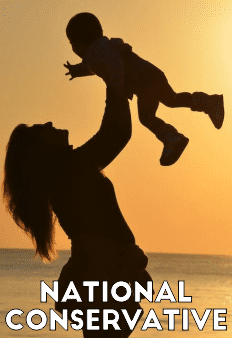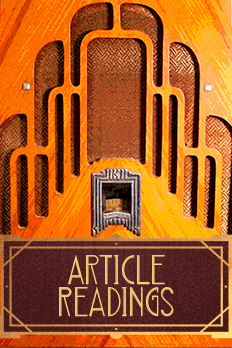A Pioneering Office to Aid Indian Health
Editorial Board, Star Tribune, June 1, 2024
Minnesota’s groundbreaking new state Office of American Indian Health has daunting but vital challenges ahead of it.
Nationally, Indigenous people have lower life expectancies than other groups, according to federal health statistics, and “have a high prevalence and risk factors for mental health and suicide, unintentional injuries, obesity, substance use, sudden infant death syndrome (SIDS), teenage pregnancy, diabetes, liver disease and hepatitis.”
Minnesota data is no less disturbing. As a state report released this spring noted, “American Indians represent 2.7% of the total population living in Minnesota and yet experience the worst disparities in the state.”
Two examples: American Indians had the highest infant mortality rate from 2012 to 2022 of any group. And, Indian children here are far more likely to die prematurely compared to others the same age. The mortality rate for Indian children ages 1-9 is 64.1 (per 100,000 population), the highest in the state. The rate for non-Hispanic white children is 11.8.
These alarming health gaps are unacceptable but have stubbornly persisted. Ongoing innovation to turn back these trends is critical. The Office of Indian Health is an example of the new kind of approaches urgently needed, which is why its official debut last week merits note and praise.
{snip}
The work doesn’t include delivering medical care but instead “focuses on public health and the systems that protect the health of the entire population, such as reclamation of traditional wellness practices, community health assessments, disease investigation, health communications, and health policies,” according to information from the Minnesota Department of Health (MDH).
Ten staff members will be located throughout the state. The office will distribute over $9 million in state and federal grants to support tribal and urban American Indian community health, according to MDH. It’s a sensible approach, one that takes aim at the root of health disparities and prioritizes prevention. Just the office’s existence will be beneficial as well, with the institutional heft of a state-level organization creating the awareness and momentum necessary to implement solutions.
{snip}
There are 11 federally recognized tribal nations within the state’s borders. Seven are Anishinaabe (Ojibwe) reservations, and four are Dakota communities. Leaders and members are valuable allies, and their collaboration is foundational for success.
{snip}
Just a handful of other states have launched similar health initiatives. Among them: Arizona, Washington and New Mexico, according to the National Conference of State Legislatures. Minnesota may not be the first, but it is at the forefront, which reflects well on the state.
{snip}















